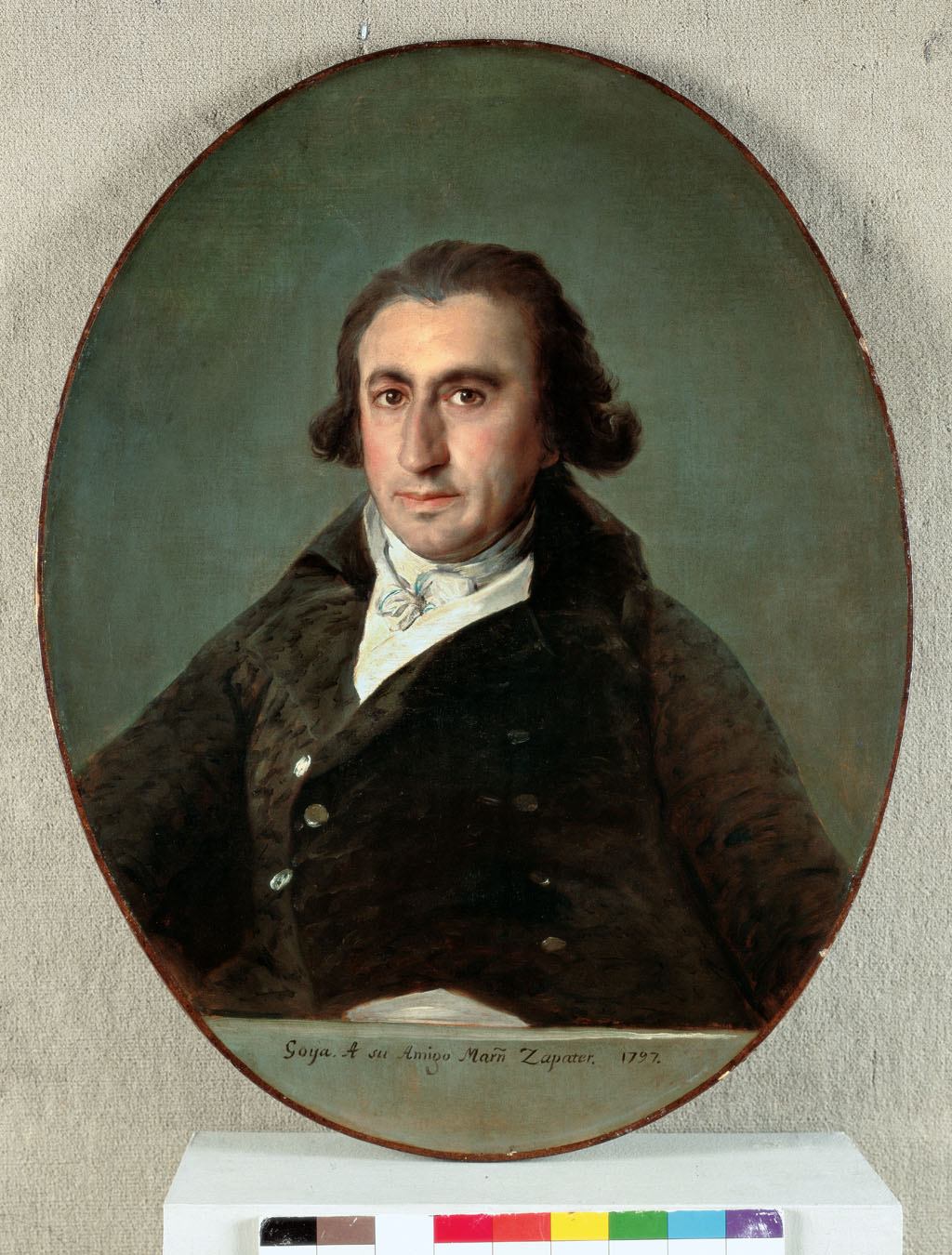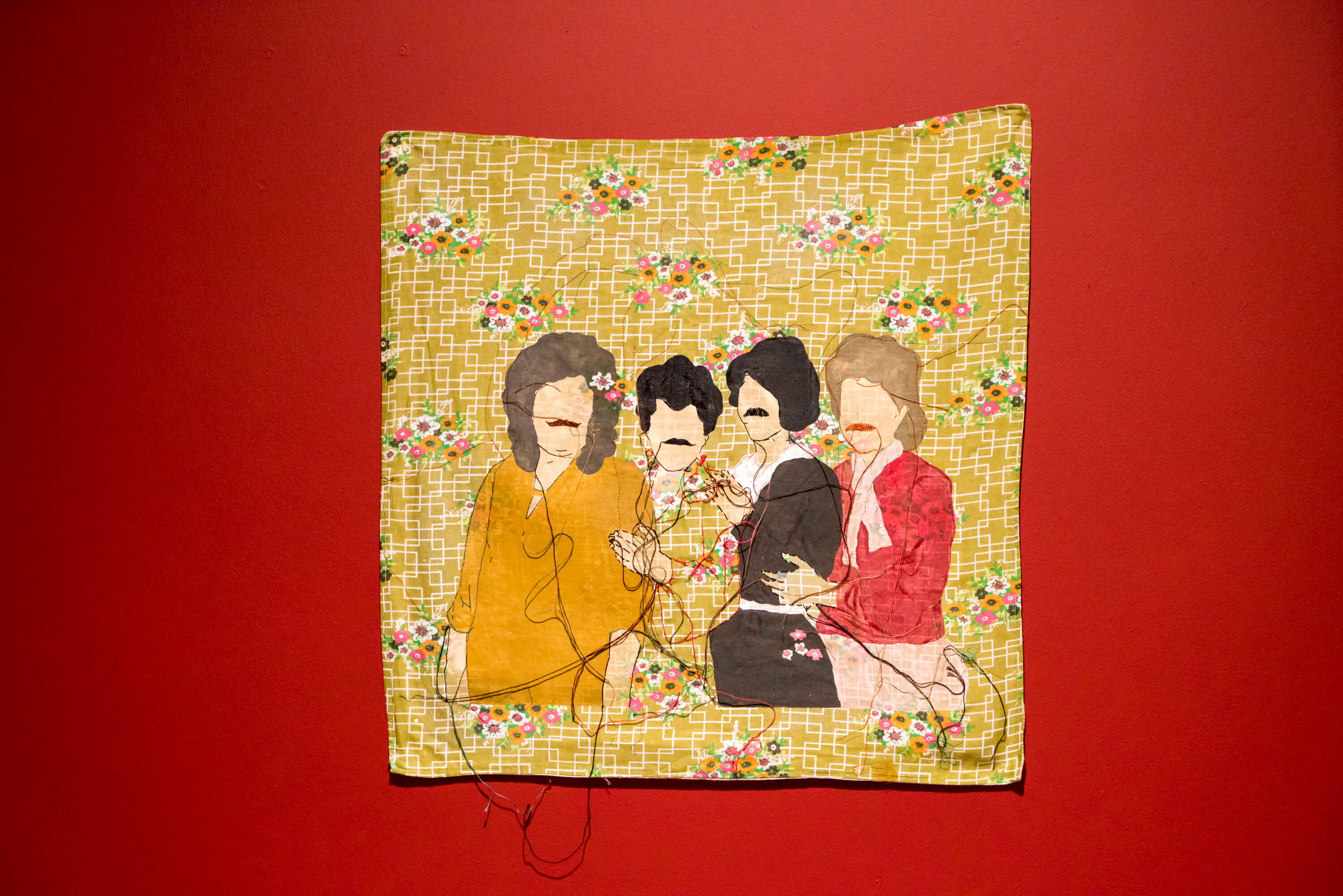24 May 2012
 Portrait of Martín Zapater (1797). Oil On Canvas, 83x65 cm.
Portrait of Martín Zapater (1797). Oil On Canvas, 83x65 cm.
Museo De Bellas Artes De Bilbao Inv. No. 82/10
Martín Zapater y Clavería, born in Zaragoza on November 12th 1747, came from a family of modest merchants and was taken in to live with a well-to-do aunt, Juana Faguás, and her daughter, Joaquina de Alduy. He studied with Goya in the Escuelas Pías school in Zaragoza from 1752 to 1757 and a friendship arose between them which was to last until the death of Zapater in 1803.
The portrait of Zapater, his best friend, is not a product of a commission, but was painted with the desire to please and as a present for his closest friend. Goya, who had already painted Zapater in 1790, was to make another portrait of him seven years later in this work. That year, 1797, Zapater travelled to Madrid where he used to stay in Goya’s house and was probably painted there. We can highlight the sobriety of the clothing, both regarding
colors and technique, with light and rapid brushstrokes, that can even seem careless, but full of nuances, while the face is meticulously painted, almost with precision. And it is especially in the gaze of Zapater where Goya captures all the expressiveness and the strong and open personality of his subject.
On the light grey ledge at the bottom, the painter wrote a dedication destined to his best and closest friend: “Goya. To Friend Marñ Zapater. 1797 (Goya. A su Amigo Marñ Zapater. 1797).”

Pera Museum, in collaboration with Istanbul Foundation for Culture and Arts (İKSV), is one of the main venues for this year’s 15th Istanbul Biennial from 16 September to 12 November 2017. Through the biennial, we will be sharing detailed information about the artists and the artworks.
Tuesday - Saturday 10:00 - 19:00
Friday 10:00 - 22:00
Sunday 12:00 - 18:00
The museum is closed on Mondays.
On Wednesdays, the students can
visit the museum free of admission.
Full ticket: 300 TL
Discounted: 150 TL
Groups: 200 TL (minimum 10 people)